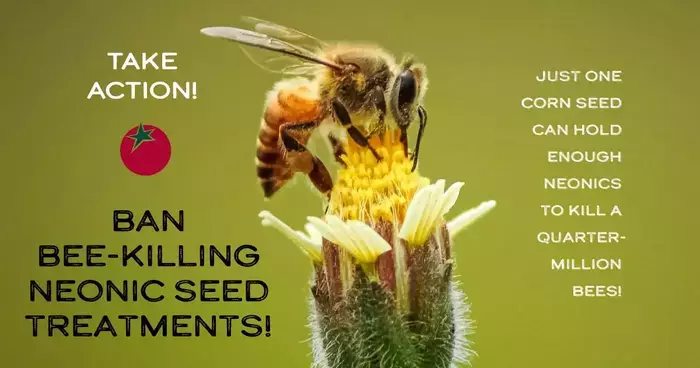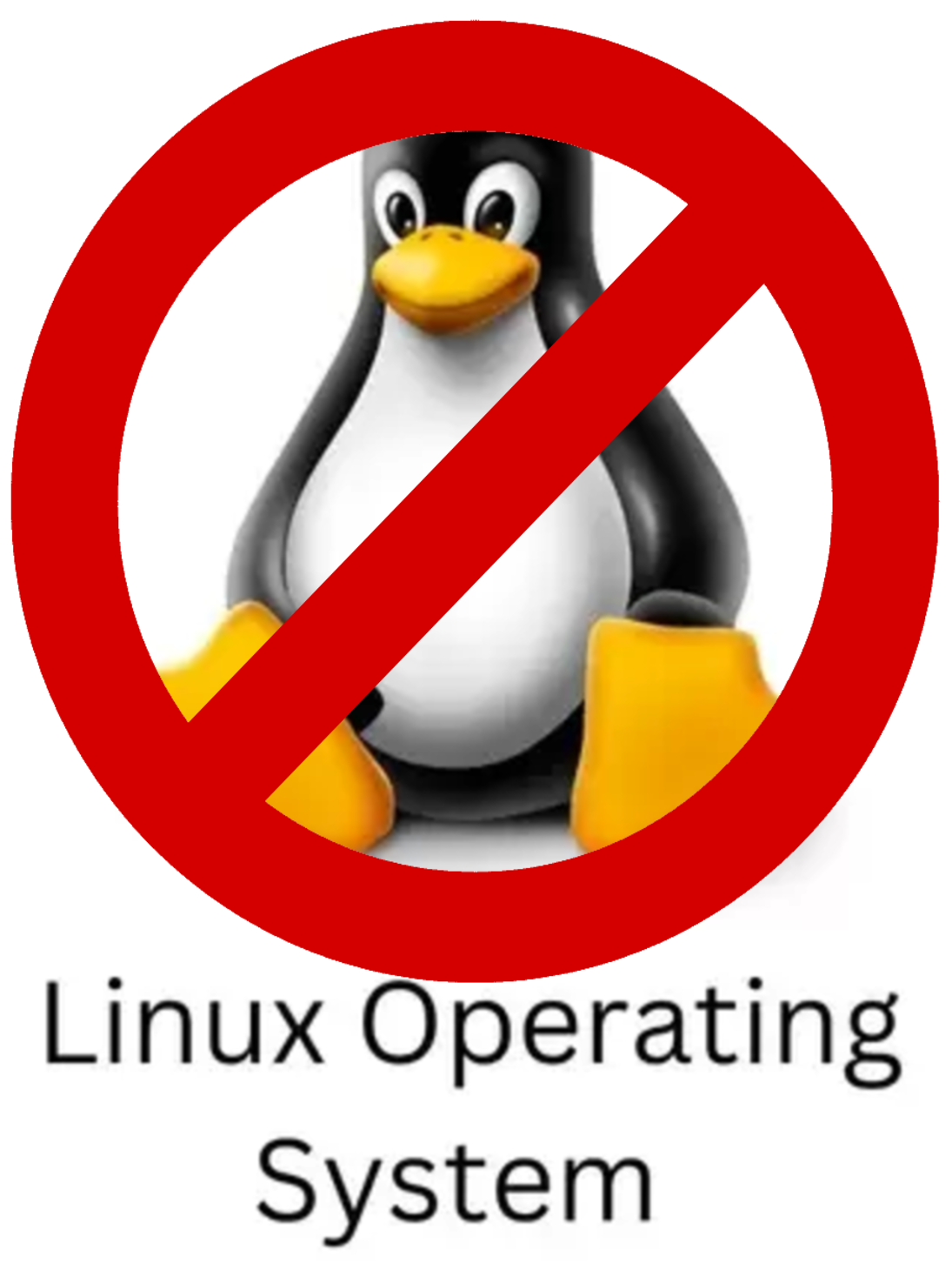#Amsterdam defies #protest #ban
https://www.youtube.com/watch?v=U6Jkj0tN7XM
#nwo of complete evil just carries on the #slaughter
One person like that
#Amsterdam defies #protest #ban
https://www.youtube.com/watch?v=U6Jkj0tN7XM
#nwo of complete evil just carries on the #slaughter

Ban bee-killing neonic seed treatments!
Please send a message to your state legislators to ban dangerous neonic seed treatments!
Honey bee colony losses continue at alarming rates. In the 2022-2023 season, commercial beekeepers saw a mortality rate of 48.2 percent in their hives, almost as bad as the 2020-2021 season with the highest loss rate ever reported (50.8%).
New York State made history in 2023 when Governor Kathy Hochul signed the Birds and Bees Protection Act to ban neonicotinoid (neonic) coatings on corn, soybean and wheat seeds.
The National Caucus of Environmental Legislators has stepped up to address the crisis with legislation to restrict the use of bee-killing neonic insecticides . Across the country, bills to ban, restrict or regulate neonics have been introduced in 23 states and passed in Colorado, Connecticut, Maine, Maryland, Minnesota, Nevada, New Jersey, New York, Rhode Island and Vermont.
https://advocacy.organicconsumers.org/page/63589/action/1?utm_medium=email&utm_source
"We call on the European Commission to propose a binding legal ban on conversion practices targeting LGBTQ+ citizens in the European Union."
Prior to Friday’s announcement, Brussels had already barred several Russia-associated media from engaging with audiences in member states since the Ukraine conflict escalated into open hostilities in February 2022. Even platforming content from the targeted organizations is illegal in the bloc.The new additions to the blacklist announced on Friday include the relatively small Czech-based portal Voice of Europe, RIA Novosti, a leading Russian news agency, and the veteran newspapers Izvestia and Rossiyskaya Gazeta.
The latter is the official paper of the Russian government, which prints new laws, presidential decrees, and other executive documents to formally announce them to the general public, before they can enter force.
In our open free democracy we cannot tolerate opposing media outlets, censorship is our tool of choice. Censorship ensure the chosen political narrative to go unchallenged.
When opposing view points and information is considered/labeled propaganda you know the promoted narrative is fragile. Learning what the ‘other side’ think and how they view things is a huge no-no. Facts has only one author (ours – decided by us) and anyone reporting something else is basically doing information manipulation, interference or something we don’t like.
#News #Media #Censorship #Russia #EU #Ban
EU bans major Russian language media outlets
https://bdsmovement.net/news/suspend-israel-from-international-sports-sign-diem25-petition
The #CopyrightCartels are really talking bullshit, as usual, as if they don't always produce bland garbage.
♲ Susan Larson ♀️🏳️🌈🏳️⚧️🌈 - 2023-09-21 16:25:52 GMT
#Republican #Official claims the Fascist State of Florida “does not #ban #books” after releasing #list of 300 #books that have been #banned.One #district removed a whopping 177 #books from #SchoolLibrary shelves during the 2022-2023 school year.
#Women #Transgender #LGBTQ #LGBTQIA #Florida #Education #Conservatives #Extremism #Fascism #Censorship #RepublicanParty #Hate #Bigotry #Violence #Genocide #Discrimination #Racism #Homophobia #Transphobia #ThePartyOfHate
Source: https://techcrunch.com/2023/04/20/imgur-will-ban-explicit-images-on-its-platform-this-month/
In addition to explicit images, Imgur is also removing old and unused photos that are not tied to an account. As a Twitter user noted, Imgur has been used for years to upload #photos without an account and post links to different kinds of sites. Removing those images might result in a lot of dead links all over the #internet.
War and violence is OK but not nudity...
#censorship #change #platform #host #delete #photo #upload #image #news
#Minds founder #BillOttman on "sneaky" TikTok ban.
https://www.youtube.com/watch?v=2eZ-FX_V-tY&t=188s
#JRE
Minds Founder Bill Ottman on “Sneaky” #TikTok ##VPN #Ban

“It’s not surprising that since we won in #Seattle, #policies against #caste #discrimination have been proposed in #Toronto and #California."
Ban GMOs! - Organic Consumers Association
Please sign and share
https://advocacy.organicconsumers.org/page/39612/action/1?utm_medium=email&utm_source=engagingnetworks&utm_campaign=OB+795+Sunday&utm_content=OB+795+Sunday
#Ban #GMOs #Petition

Must confess that as a Linux user I found this a very disturbing read...
#OpenSource
#Eu
#ChatControl
#Law
#ban
#Linux
#Systems
https://mullvad.net/en/blog/2023/2/1/eu-chat-control-law-will-ban-open-source-operating-systems/